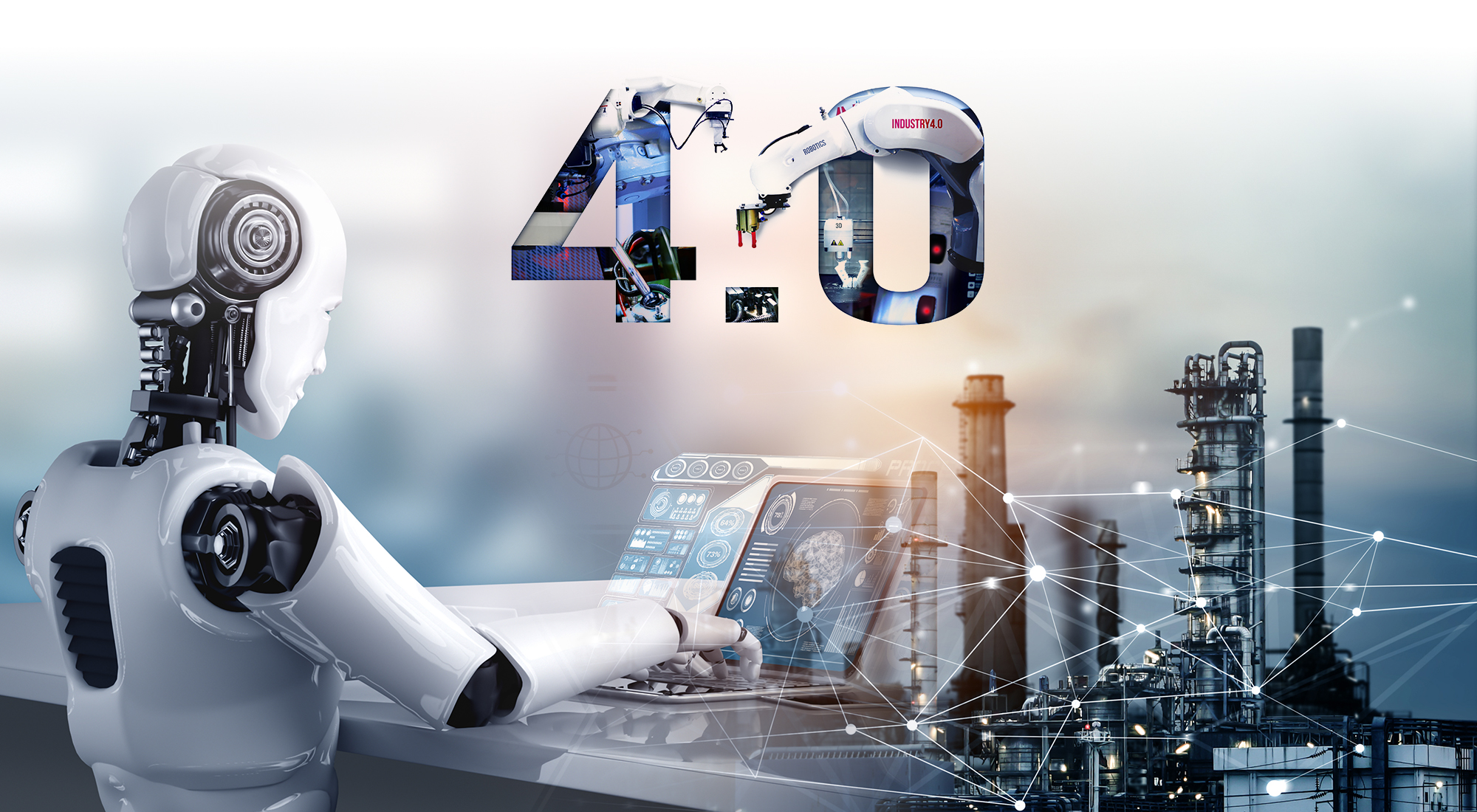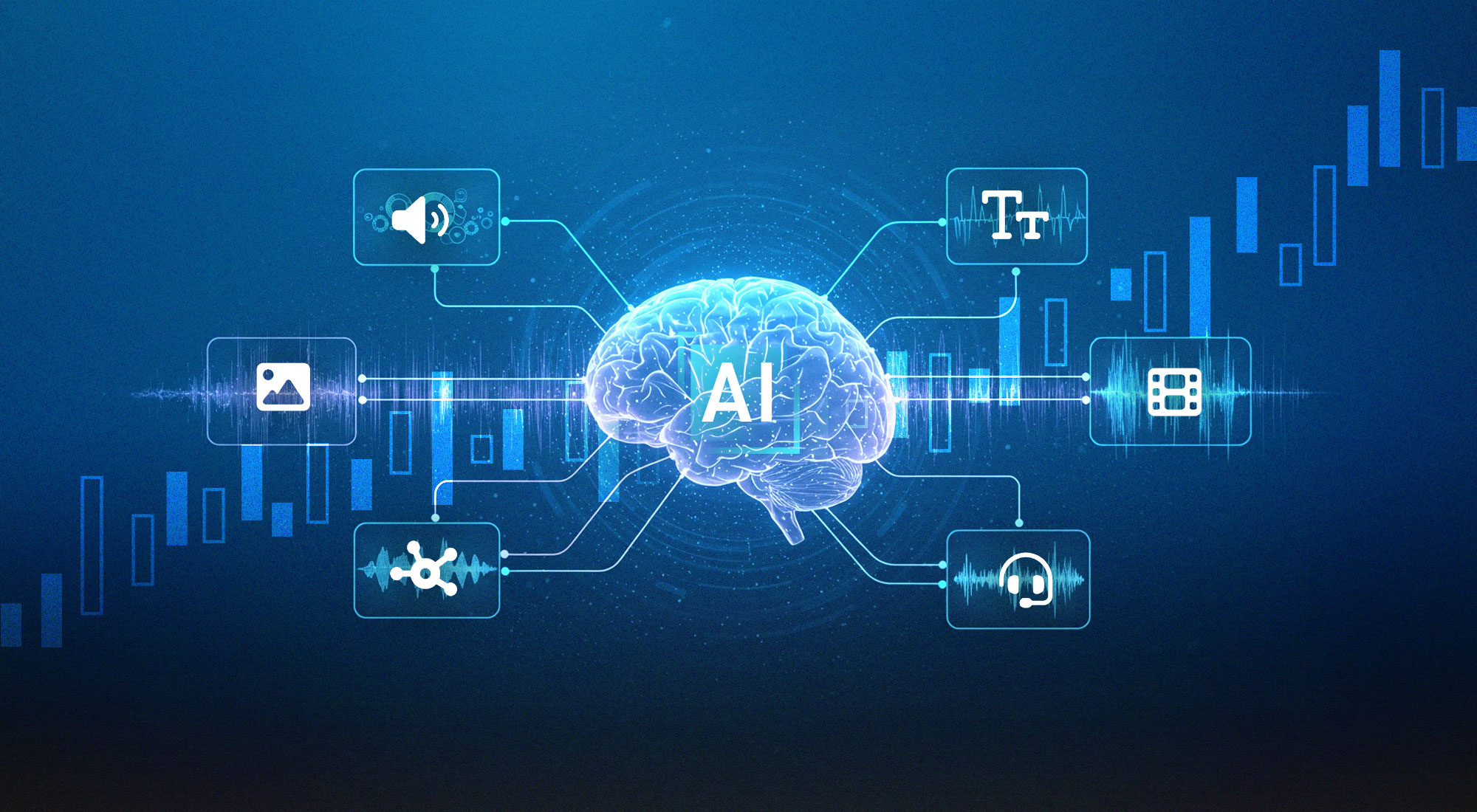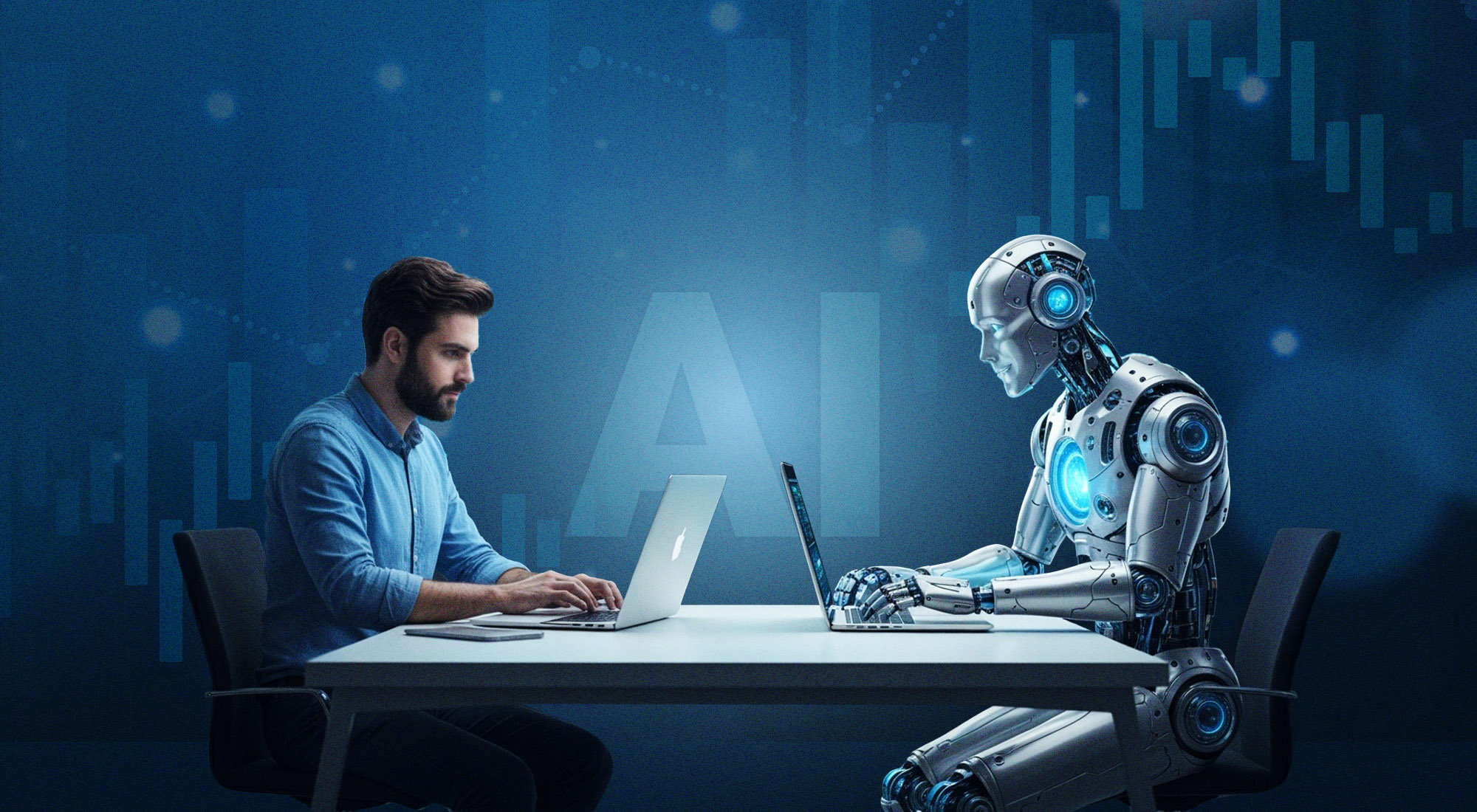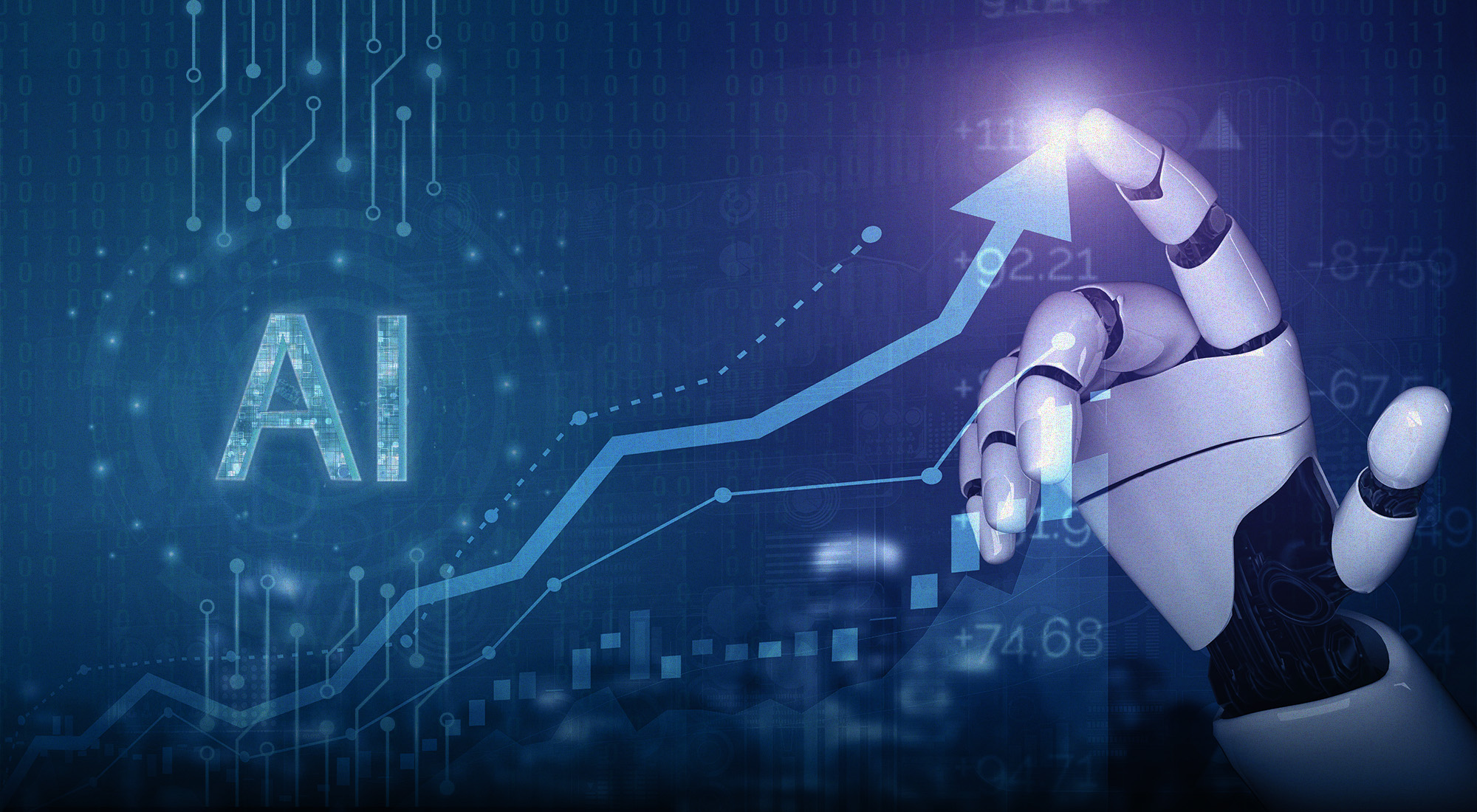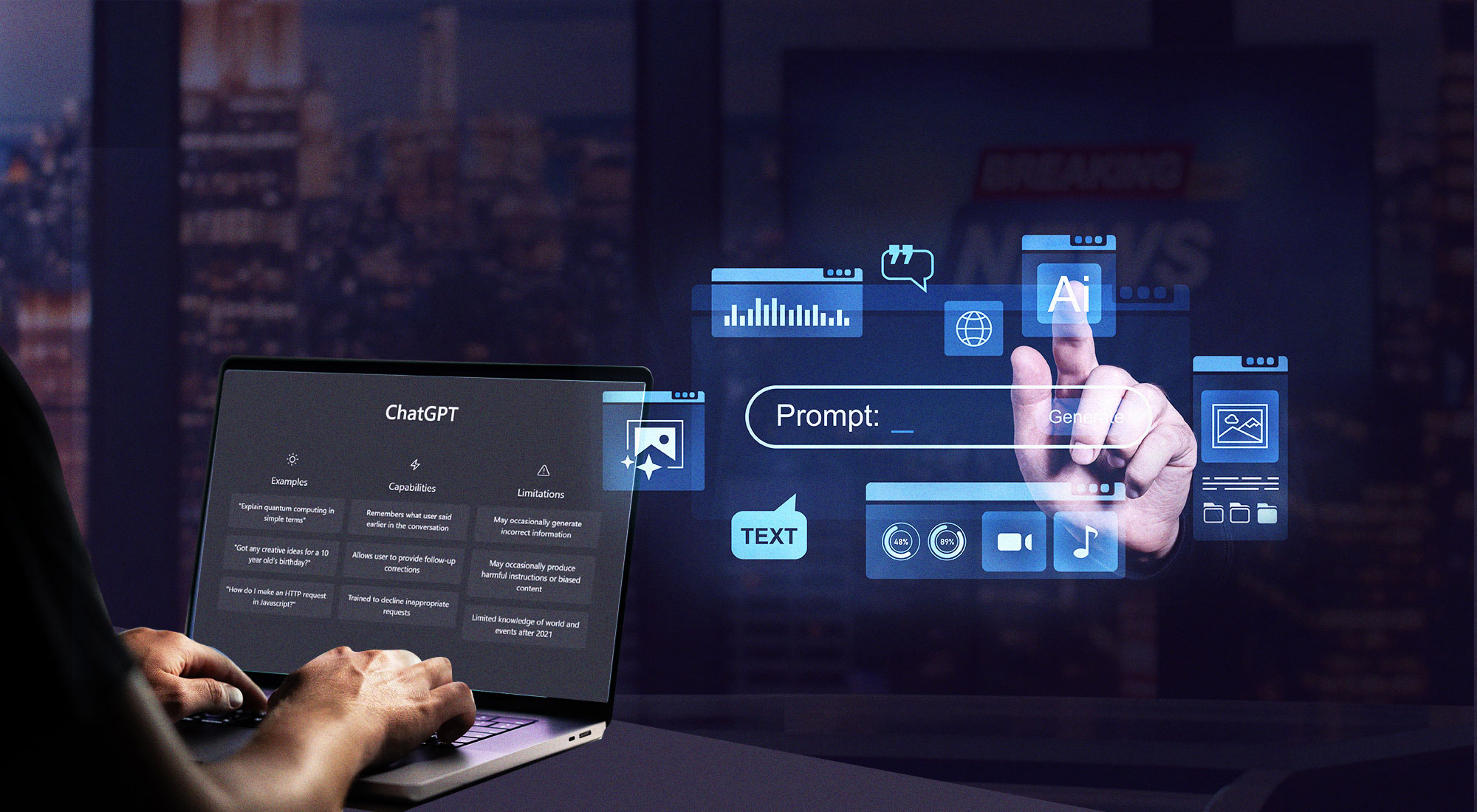The Organisation for Economic Co-operation and Development (OECD) has described the Fourth Industrial Revolution (4IR) as including automation, artificial intelligence, big data analytics, blockchain technology, the Internet of Things (IoT) and 3-D printing.[1] Conceptually, the 4IR is similar to previous industrial revolutions insofar as the magnitude of today’s developments in technology are comparable to those which enabled previous industrial revolutions to take place. The First Industrial Revolution began in the late 18th century when the discovery was made that steam could be used in powering machinery, leading in turn to the development of the first steam engine. A century after the First Industrial Revolution, the Second Industrial Revolution came about with the discovery of oil and electricity. This discovery paved the way for the mass production of goods in the industrial sector. The Third Industrial Revolution took place with the invention of the computer in 1969. During that period, computers and automation were integrated into the industrial field.
Today’s 4IR is driven by the large technological advancements that take into account the increasingly close interactions between human beings and machines. Unlike in previous industrial revolutions, the 4IR is human-centered. People are surrounded by technology, with ubiquitous smart phones, laptops and many others technological products that are all connected to the IoT. Communication and technology are the key drivers behind this revolution.
While all industrial revolutions share commonalities in terms of contributing extraordinary technological advancement at key stages of human history, the 4IR is unique in terms of its velocity, scope, and systems impact. The speed of current breakthroughs has no historical precedent. If previous revolutions grew at a steady rate, growth in today’s revolution is exponential. Moreover, the breadth and depth of these changes herald the transformation of entire systems of production, management, and governance.[2]
A study by Xu, David, & Kim,[3] compared the characteristics of the 4IR to Stephen Covey’s book titled The 8th Habit: From Effectiveness to Greatness. Taking as an example the hunter and gatherer age, the agricultural age, the industrial age, the information worker age, and the emerging age of wisdom, the authors argue that in each successive age, human productivity is fifty times higher than that of the preceding age, and that each following age destroys most of the jobs of the previous one. Based on this theory, it could be stated that the loss of the jobs in the current revolution is not caused by free trade agreements and government policies, but is directly connected to the substantial shift of the economy towards a knowledge-based one.[4] When considering the first three revolutions, for example, the heavy reliance on manual labor is clear. However, in the third and current revolution, knowledge and communication-based jobs have gained prominence and become highly valued.
Technology is having an accelerating impact on the global economy as markets shift to develop new technologies to integrate into the industrial world. However, companies are finding it challenging to compete largely due to this unprecedented growth in technology. To counter this impact, companies worldwide would need to undertake large-scale upskilling and reskilling of their employees. Upskilling is when employees expand their current skillset to optimize their performance in daily work tasks, while reskilling requires employees to learn new skills outside their usual daily work experience, enabling them to adapt to newer technologies which would in turn qualify them to fill different positions in the company.
Beyond upgrading the skills of employees, companies will also need to make use of technology to develop creative solutions and services for consumers. Natalia & Ellitan have argued convincingly that “next industrial revolution leaders are companies that make progress in fields such as robotics, machine learning, digital fabrication (including 3D), Industrial Internet, Internet of Things (IoT), analytical data and blockchain (decentralized systems, and automated transaction support).”[5] Therefore, the race toward acquiring the newest technologies and providing advanced goods and services to consumers has shifted the entire market to a new dimension. As stated, the key drivers of this revolution are communication and technology and their derivatives, which include digitalization, artificial intelligence, blockchain technology, big data analytics, and automation. These basic pillars needed for companies to succeed in this revolution are discussed below.
Digitalization forms a central strategy for many companies today due to the possibility digitalization offers to lower costs and increase the efficiency of many processes and jobs in various fields. A basic example of digitalization is converting written documents to pdf files or providing services remotely using phones and computers, thereby creating business value for those services. The ability of converting analog and physical information into digital format reduces costs for businesses, provides them with easy access to the data, and creates less need for physical storage. With the growing number of people gaining access to the internet, digitalization is becoming a powerful tool and platform that can be used to advance in the 4IR. Thus, companies must carefully calculate their transition towards digitalization to gain a competitive advantage through it.
Artificial intelligence technologies can also provide businesses with the ability to optimize their operations and improve customer service. Furthermore, the use of AI increases work efficiency by enabling employees to focus on tasks that are more demanding and complicated. According to a study carried out by the IT company Infosys, a significant number of “organizations have benefited from the automation of processes (46%), cost savings (44%), increased productivity (44%) and an increase in revenue (39%).”[6] Integrating AI into the daily workflow offers big potential to businesses and companies. However, it is important that businesses carefully approach this tool and review its ethical aspects, taking into account transparency, data privacy, and fairness to ensure the success of AI integration in business and trade.
Businesses can also take advantage of blockchain technology. To put it in simple terms, blockchain is necessary for the establishment and market trading of crypto currencies and NFTs (Non-Fungible Tokens). Blockchain makes it possible to establish ownership of non-tangible assets through a database or ledger on the internet. One of the biggest advantages of this technology is that companies can use it to accept and make transactions with clients and other businesses in mere seconds without needing to go through a bank. Due of the nature of this technology and the online ledger, everything is verified through an encrypted peer-to-peer network. While blockchain technology is still relatively new, it may pave the way for new kinds of payments in the near future. Businesses can also use blockchain to securely transfer data from one place to another and save money instead of buying space in current data centers.
Big data analytics also has great potential for businesses and companies. In simple terms, big data is any type of data – with no specific size or format – that is raw and unfiltered. This provides businesses and companies with the opportunity to make a sophiscated analysis of the data, enabling them to identify trends, predict future events, and make more informed decisions. Saudi oil company Aramco’s 4IR Center, for example, “receives more than 5 billion data points [every day], generated from Aramco’s operations across the Kingdom, as well as access to millions of engineering drawings, and inspection and maintenance data. Combining this operational big data with the available computing power, state-of-the-art AI and machine learning tools, the Center is able to translate the data into actionable insights, which help predict and improve asset performance, safety and reliability.”[7] Thus, the ability of big data to process and analyze large sets of real-time data provides companies and businesses with a distinct competitive advantage.
Finally, companies could benefit from automating repetitive tasks and processes to increase cost savings, efficiency and productivity. Automation involves the use of robotics, software, and smart technologies to perform everyday tasks such as data entry, scheduling, and customer service requests. In the field of financial and market forecasting, automation is increasingly being used in tandem with machine learning, and AI specifically, to analyze data and forecast future market trends due to its ability to detect unique patterns within very large data sets, which would otherwise remain undetected with normal technology and forecasting tools.
However, while the 4IR would generate clear benefits for companies, businesses and consumers, it is also necessary to consider the potential negative effects, which include loss of employment, ethical issues, undesired social impact, and challenges to sustainable development.
As stated above, many jobs would need upskilling and reskilling. While this revolution would create a lot of jobs and opportunities in the future, job losses would also be inevitable due to the same cause. A report by McKinsey & Company states that up to 400 million to 800 million jobs would be lost globally by 2030.[8] According to the report, “Automation and AI will lift productivity and economic growth, but millions of people worldwide may need to switch occupations or upgrade skills.” Currently, around 50% of work tasks can be automated with the technology available to us today.[9] Those most at risk would be blue-collar workers whose jobs can be carried out better and faster through automation.
Data privacy is another area of concern. Some have questioned the true intentions of tech companies when customer data is collected without their consent and knowledge. In many cases, governance and privacy regulations are insufficient to guarantee that customer data is not used for negative ends.[10] Many companies routinely exploit customer data and target specific groups of people, directing specialized advertisements toward them – a practice known as targeted advertisement. As stated by a report by the European Parliament, “personal data in the advertising ecosystem are an abundant raw material, which is processed and exchanged in multiple ways to provide information useful to marketers and other actors. It has become increasingly difficult for individuals to have any awareness of how their data are going to be processed, and what the impact of such processing will be on their life and on society.”[11]
A broader example of the impact of 4IR is how, over the last decade, technology has increased connectivity between people around the globe, and how the emergence of social media has impacted human interactions. As with many other technologies or social phenomena, the results are both positive and negative. Social media has removed geographical barriers between people, introduced a new way of communication, enabled users to express their feelings over text by using emoji expressions, and exponentially increased exposure to new cultures traditions and norms. However, it has also fundamentally altered how people interact in real life. Spending hours on social media watching curated content may cause users social anxiety as a result of unhealthy comparisons of lifestyle as well as social and economic status. This phenomenon is especially prevalent among the younger generation.[12]
In relation to sustainable development and its vision of allocating resources wisely to assure sustainability for current and future generations, advanced technology can help with the implementation of the circular economy and accelerate the use of efficient energy sources and renewables. However, the increasing demand on electronic devices of all types is causing power consumption to spike, in turn increasing fossil fuel emissions. Resulting increases in pollution and electronic waste will have the opposite effect to that intended under the vision of sustainable development.
Throughout history, industrial revolutions have brought crucial technological advancements and major shifts to the workforce. Currently, the 4IR is reshaping the world through the integration of smart machines and humans, impacting communication, technologies and the global economy. The exponential growth and transformation of various systems is unprecedented. On the positive side, the 4IR allows business owners and companies to benefit from the new tools it offers, including digitalization, artificial intelligence, blockchain technology, big data analytics, and automation, to enhance customer service, increase revenue, and improve work efficiency.
However, this revolution is not without its challenges: jobs are being threatened by AI and automation, concerns are growing regarding user data privacy, social media is negatively impacting human interactions, and the increasing use of technology is posing a risk to sustainability goals. The fact that 4IR is unevenly distributed across the globe can potentially create disturbances and disparities in the global market. While it is true that the 4IR brings various opportunities to businesses and consumers, and people in general, it is essential to consider and counter the negative impacts and consequences that this revolution brings.
References
[1]
OECD, Perspectives
on Global Development 2019: Rethinking Development Strategies (Paris: OECD Publishing, 2018), https://doi.org/10.1787/persp_glob_dev-2019-en.
[2]
Klaus Schwab, “The Fourth Industrial Revolution: What It Means, How to Respond,” World Economic Forum, January 14, 2016, http://bitly.ws/IG54.
[3]
Min Xu , Jeanne M. David, and Suk Hi Kim, “The Fourth Industrial
Revolution: Opportunities and Challenges,” International Journal of Financial Research 9, no. 2 (2018), https://doi.org/10.5430/ijfr.v9n2p90.
[4]
Stephen Covey, The 8th Habit: From Effectiveness to Greatness (New
York: The Free Press, 2005).
[5]
Irene Natalia and Lena Ellitan, “Strategies
to Achieve Competitive Advantage in Industrial Revolution 4.0.,” International Journal of Research Culture
Society 3, no. 6 (2019), http://bitly.ws/IGf4.
[6] Infosys, Amplifying Human Potential: Towards Purposeful Artificial Intelligence (2017), http://tinyurl.mobi/IZsT.
[7]
Rebecca Wallace, “Big Data, Big Insights: How New Technological Applications Are
Lowering Energy Intensity and Cutting Emissions at Aramco,” November 26,
2020, http://bitly.ws/ISwW.
[8]
McKinsey & Company, “Jobs
Lost, Jobs Gained: What the Future
of Work Will Mean for Jobs, Skills, and Wages,” November 28, 2017, http://bitly.ws/BPqD.
[9]
Ibid.
[10]
“Protecting Data Privacy Needs
Constant Evolution,” Financial Times, December 26, 2019, http://bitly.ws/IMZR.
[11]
Giovanni Sartor and Francesca Lagioia, Regulating Targeted and Behavioural Advertising in Digital
Services: How to Ensure Users’ Informed Consent, European Parliament, Policy
Department for Citizens’ Rights and Constitutional Affairs Directorate-General
for Internal Policies,
September 2021, http://bitly.ws/IN7m.
[12]
Leah Shafer, “Social Media and
Teen Anxiety,” Harvard Graduate School of Education, December 15, 2017, http://bitly.ws/INaH.



